Akshara Pramod
Epidemic outbreak prediction using machine learning models
Oct 30, 2023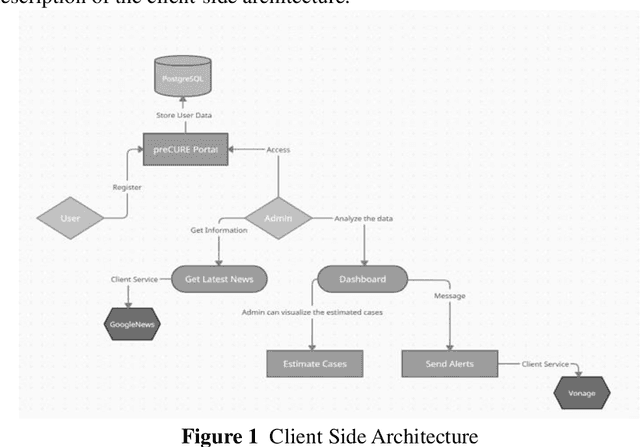

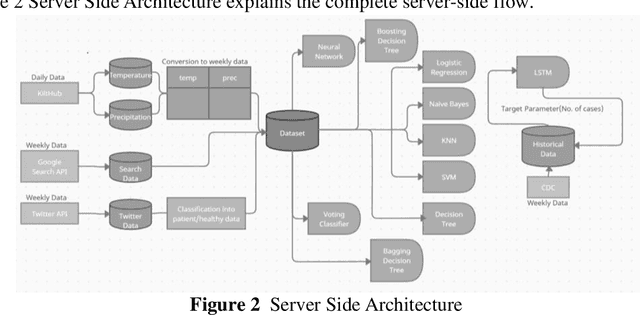

Abstract:In today's world,the risk of emerging and re-emerging epidemics have increased.The recent advancement in healthcare technology has made it possible to predict an epidemic outbreak in a region.Early prediction of an epidemic outbreak greatly helps the authorities to be prepared with the necessary medications and logistics required to keep things in control. In this article, we try to predict the epidemic outbreak (influenza, hepatitis and malaria) for the state of New York, USA using machine and deep learning algorithms, and a portal has been created for the same which can alert the authorities and health care organizations of the region in case of an outbreak. The algorithm takes historical data to predict the possible number of cases for 5 weeks into the future. Non-clinical factors like google search trends,social media data and weather data have also been used to predict the probability of an outbreak.
Two-stage Deep Stacked Autoencoder with Shallow Learning for Network Intrusion Detection System
Dec 03, 2021
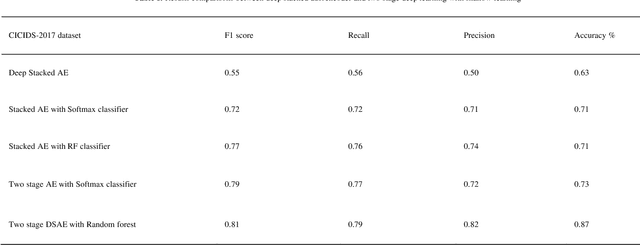
Abstract:Sparse events, such as malign attacks in real-time network traffic, have caused big organisations an immense hike in revenue loss. This is due to the excessive growth of the network and its exposure to a plethora of people. The standard methods used to detect intrusions are not promising and have significant failure to identify new malware. Moreover, the challenges in handling high volume data with sparsity, high false positives, fewer detection rates in minor class, training time and feature engineering of the dimensionality of data has promoted deep learning to take over the task with less time and great results. The existing system needs improvement in solving real-time network traffic issues along with feature engineering. Our proposed work overcomes these challenges by giving promising results using deep-stacked autoencoders in two stages. The two-stage deep learning combines with shallow learning using the random forest for classification in the second stage. This made the model get well with the latest Canadian Institute for Cybersecurity - Intrusion Detection System 2017 (CICIDS-2017) dataset. Zero false positives with admirable detection accuracy were achieved.
Water Care: Water Surface Cleaning Bot and Water Body Surveillance System
Nov 24, 2021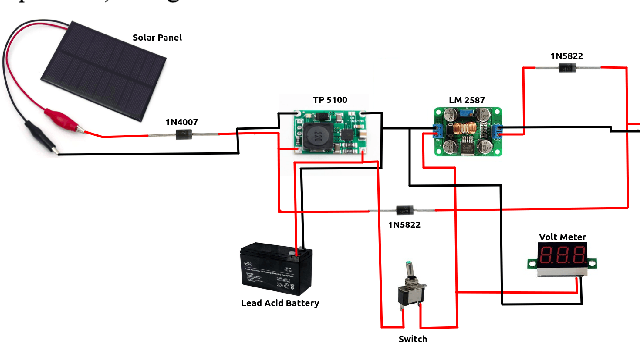
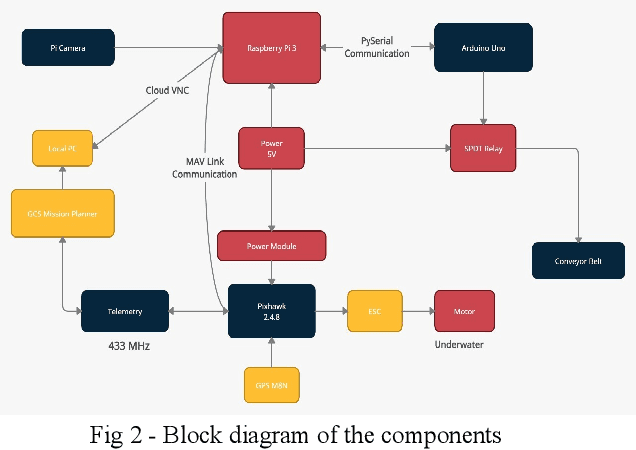
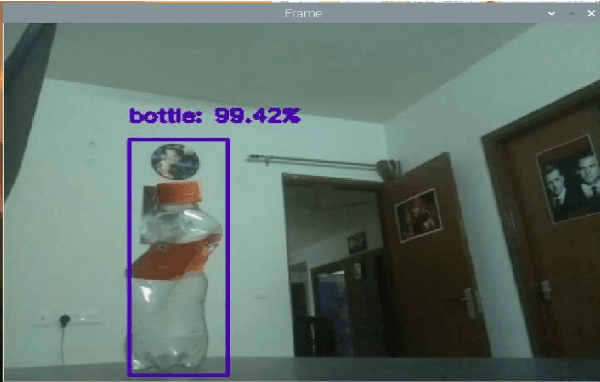

Abstract:Whenever a person hears about pollution, more often than not, the first thought that comes to their mind is air pollution. One of the most under-mentioned and under-discussed pollution globally is that caused by the non-biodegradable waste in our water bodies. In the case of India, there is a lot of plastic waste on the surface of rivers and lakes. The Ganga river is one of the 10 rivers which account for 90 percent of the plastic that ends up in the sea and there are major cases of local nalaas and lakes being contaminated due to this waste. This limits the source of clean water which leads to major depletion in water sources. From 2001 to 2012, in the city of Hyderabad, 3245 hectares of lakes dissipated. The water recedes by nine feet a year on average in southern New Delhi. Thus, cleaning of these local water bodies and rivers is of utmost importance. Our aim is to develop a water surface cleaning bot that is deployed across the shore. The bot will detect garbage patches on its way and collect the garbage thus making the water bodies clean. This solution employs a surveillance mechanism in order to alert the authorities in case anyone is found polluting the water bodies. A more sustainable system by using solar energy to power the system has been developed. Computer vision algorithms are used for detecting trash on the surface of the water. This trash is collected by the bot and is disposed of at a designated location. In addition to cleaning the water bodies, preventive measures have been also implemented with the help of a virtual fencing algorithm that alerts the authorities if anyone tries to pollute the water premises. A web application and a mobile app is deployed to keep a check on the movement of the bot and shore surveillance respectively. This complete solution involves both preventive and curative measures that are required for water care.
 Add to Chrome
Add to Chrome Add to Firefox
Add to Firefox Add to Edge
Add to Edge